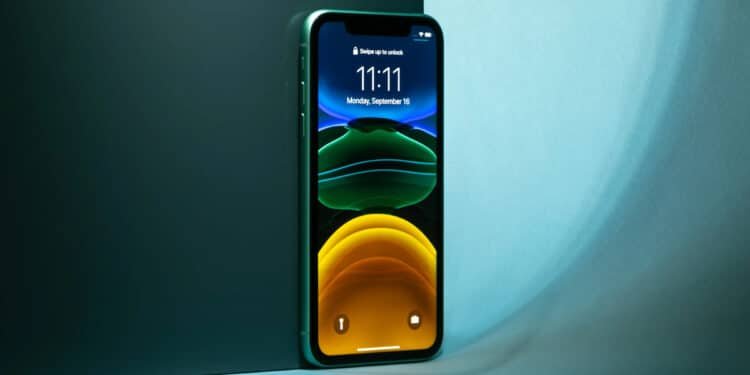This week, politicians in the European Union agreed on new measures that would require all manufacturers of smartphones, headphones, digital cameras, and tablets to utilize the same universal charging port: USB Type-C. The new standards are expected to take effect in the fall of 2024, after which these gadgets that charge via a wired cable will have to do so using a built-in USB-C connector.
This legislation is most likely to have the greatest impact on Apple’s iPhone. While the rest of the smartphone industry has steadily shifted to USB-C as a single, standardized wired charging port, Apple has remained staunchly loyal to Lightning, the proprietary connector it first debuted with the iPhone 5 in 2012. The EU’s laws may be the final push it needs to make progress.
For the time being, the EU’s rules are just provisional, and they must be accepted by both the European Council and the European Parliament before becoming official. After the summer recess, which ends on September 1st, this is expected to happen. It will take effect 20 days later, giving most manufacturers 24 months to comply, which is where the autumn 2024 compliance deadline comes from. Laptops are an exception because the high-wattage USB-C chargers required by these devices are less prevalent than phone chargers. Instead, they’ll have 40 months, bringing us to the beginning of 2026.
If Apple wants a physical charging connector on the iPhone after 2024, the EU wants USB-C to be the only option. It can no longer rely on an external dongle, as it did a decade ago. The most recent published draughts of the proposed regulation state that the charging USB Type-C connector must be “accessible and operable at all times,” implying that a detachable dongle will not suffice. Because the EU’s laws are aimed at reducing e-waste, they include a common charging standard, which should allow more chargers to be reused instead of ending up in landfills.
Apple’s 2024 iPhone line (expected to be called the iPhone 16) will launch right as the legislation takes effect, as new flagship iPhones are typically unveiled in September each year. However, according to Desislava Dimitrova, a spokesperson for the European Parliament, “there should not be products on the market that are not compliant” with the directive. As a result, Apple may wish to make the modifications sooner rather than later, as it would have to alter or discontinue earlier models. Apple is known for keeping previous models on the market for several years at a reduced price.
iPhone maker may make the switch next year
According to estimates, the iPhone maker may make the switch next year. Apple could be ready to make the changeover as early as 2023, according to famous Apple analyst Ming-Chi Kuo. Apple was already testing iPhones with the connector, according to Bloomberg’s Mark Gurman, who confirmed the news a few days later. If these allegations are correct, we may see an iPhone with a USB-C connector a year before the EU’s new standards take effect.
Of course, the EU won’t be able to compel Apple to make the modification globally. These rules, however, would apply to all iPhones sold in the European Union’s single market. Nearly a quarter of Apple’s net revenues in the fiscal year 2021 came from Europe, and the iPhone was the company’s best-selling product worldwide. Apple just cannot afford to quit the market because of legislation like this. Apple might produce USB-C iPhones and sell them solely in Europe, but given Apple’s focus on supply chain efficiency, which sees the company sell a small number of very similar devices around the world (with a few exceptions), it seems doubtful.
Apple’s representative declined to answer questions about how the business plans to comply with the new legislation.
There is one method for Apple to avoid including USB-C connectors on their phones, and that is through the use of wireless charging. Because the current EU regulation primarily addresses wired charging, a phone that solely charges wirelessly could circumvent the EU’s charging harmonisation rules entirely.
It’s a purely theoretical distinction, given that portless phones don’t exist outside of a few concept phones and marketing stunts. However, given speculations that Apple was considering go that approach with the iPhone, it’s noteworthy. Since Apple debuted the MagSafe wireless charging standard with the iPhone 12 range, these reports have been circulating. However, such speculations have diminished in recent months, and Apple’s decision to remain with wired charging could explain why the company appears uninterested in developing a MagSafe ecosystem.
Apple has fought moves by the EU to standardize USB-C. The corporation said in a submission to the European Commission last year that the law would stifle “beneficial developments in charging standards, especially those relating to safety and energy efficiency.” The new restrictions could potentially raise e-waste in the short term “by triggering the disposal of existing cables and accessories,” according to the report. It makes a valid point. With an expected 1 billion iPhones in use by early 2021, there will be a lot of charging hardware that will become obsolete over time. And to replace them, all of these consumers will require new USB-C accessories.



















